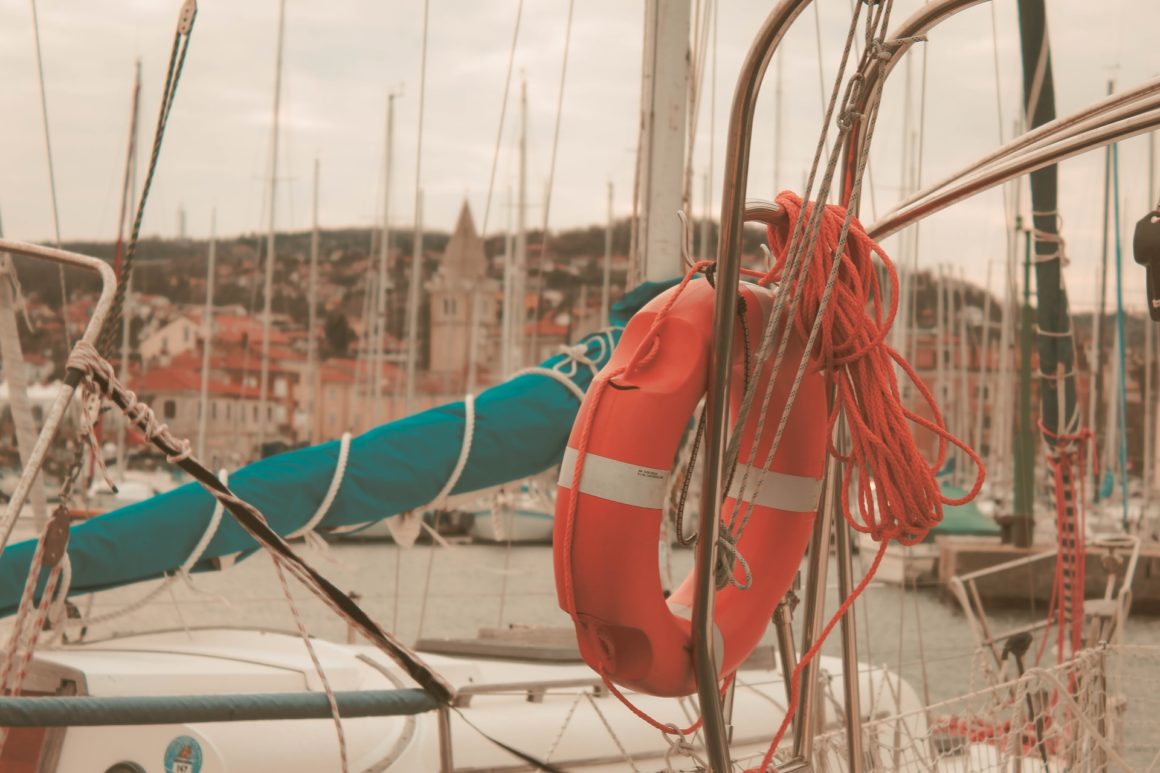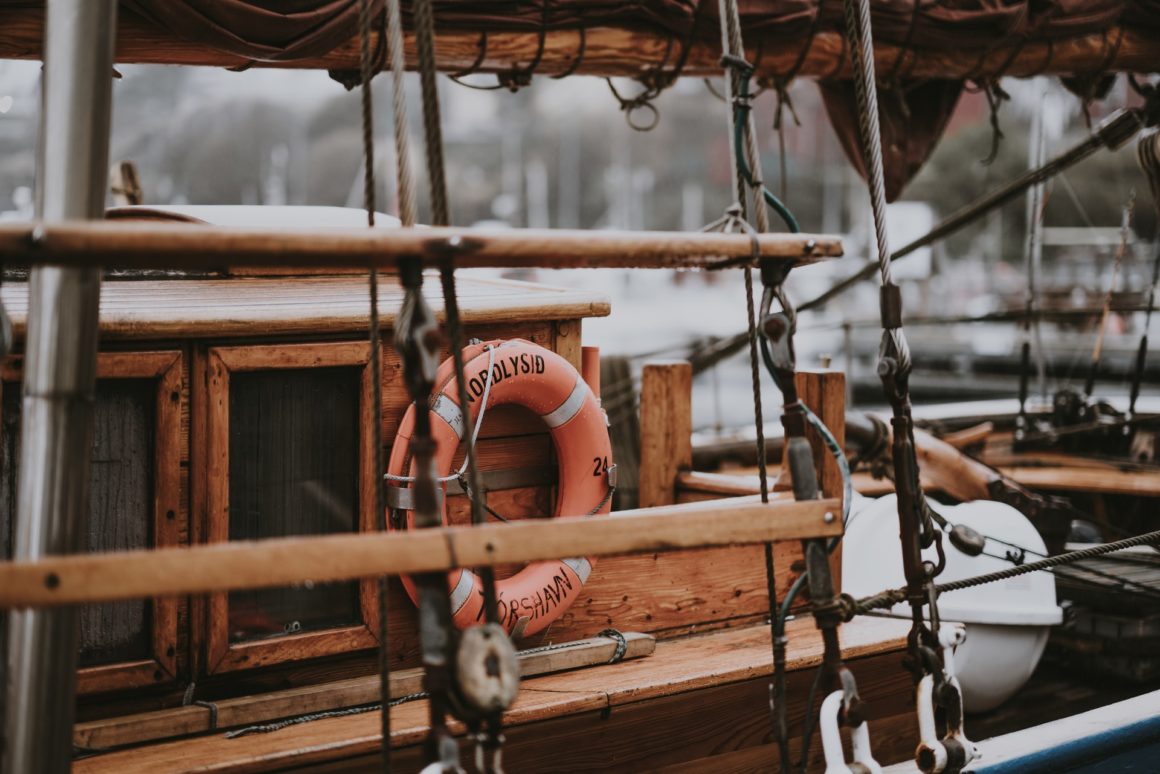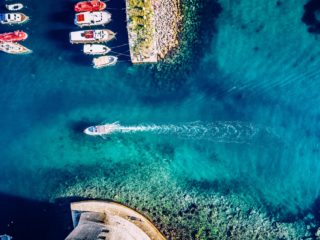No matter how experienced you are at sailing, it is always useful to do a quick review of boat safety procedures before setting out to sea. So, at Click&Boat we have compiled a list of tips to help you. These days there is a wealth of information available to sailors both online or available as an app to help you navigate safely, to monitor the weather and the traffic around you and checklists to ensure you’ve packed everything.

Get a pre-departure checklist
Safe sailing especially, over longer periods of time can require you to pack and prepare for a lot of different things – that’s why it is good to have a pre-departure checklist covering all aspects of your trip (engine check, boating equipment, safety measures, fuel, clothing, food, water etc) to ensure that you don’t forget anything.
Watch the weather and tides
Before setting sail make, sure you have looked at the weather forecast to see what sailing conditions will be like, paying particular attention to wind direction and strength, plus visibility. Even after setting sail, it is important to keep an eye on things. In many parts of the world the weather can be very unpredictable, so if you notice a storm up ahead, it is better to play it safe and head back to dry land. If you are sailing in tidal waters, make a note of the predicted times for high and low water, plus tidal heights.
Make sure you’ve got information readily available
Asides from the precautions you can take before setting sail, there are also a number of great sailing apps that can help you to navigate safely. A useful app for sailors of all levels is Safe Skipper, which offers a practical guide for yacht skippers.
The app works like a book and covers all aspects of safe sailing, to help reduce risks at sea. From preparation and equipment to communication and distress situations, the app gives detailed information and illustration to help you prepare and navigate safely.
Share your float plan
Before heading out, it is best to let someone else know your passage plan. This could be a friend or family member – someone who is not on the trip with you – or the coastguard. Sharing information such as the boat type and model, the route you will be taking, the time you expect to be on the water and a means for people to get in contact with you in case of emergency.
Sail within your comfort zone
Being aware of your surroundings and sailing at a pace you are comfortable with is the best way to keep yourself and any passengers safe onboard. This involves maintaining proper speeds, keeping an eye on other boaters in the area, and keeping a lookout at all times.
Lifejackets and backup communication devices
An essential part of boat safety is having the right safety equipment on board, and where needed, a backup. There must be enough properly fitting life jackets on board for everyone, and children under the age of 13 should always wear a brightly colored reflective life vest. Additionally, you should always carry backup communication devices in case of an emergency.
Learn to swim
Asides from allowing you to go diving or snorkeling from your boat, being able to swim is essential for boaters. This skills is invaluable if you plan on spending any time on the water and asides from being fun, it could save your life.
Have a first aid kit and toolbox to hand
It’s surprisingly easy to hurt yourself on a boat, so be sure to always have a first aid kit to hand with plasters, bandages, antiseptic and even suncream. It’ll likely be a number of hours until you are able to see a doctor, so this is a must-have. You should also make sure that you have more than enough water.
Another important thing is to train yourself to make minor repairs on your boat. Small glitches can require that you have a toolbox handy and being prepared can help you to avoid spending time stuck afloat. Make sure you carry engine spares including belts, hoses and filters, plus fuses. It is also essential that you carry spare fuel.
Be sure to observe these safety tips the next time you set sail and share your other tips in the comment section!










1 comment
Thanks for this informative blog! Compliance with the strict marine regulations and codes can be vastly time consuming and expensive for any operator. In an industry with such alarming historical safety statistics, it’s imperative that we embrace innovation to eradicate onboard risks.